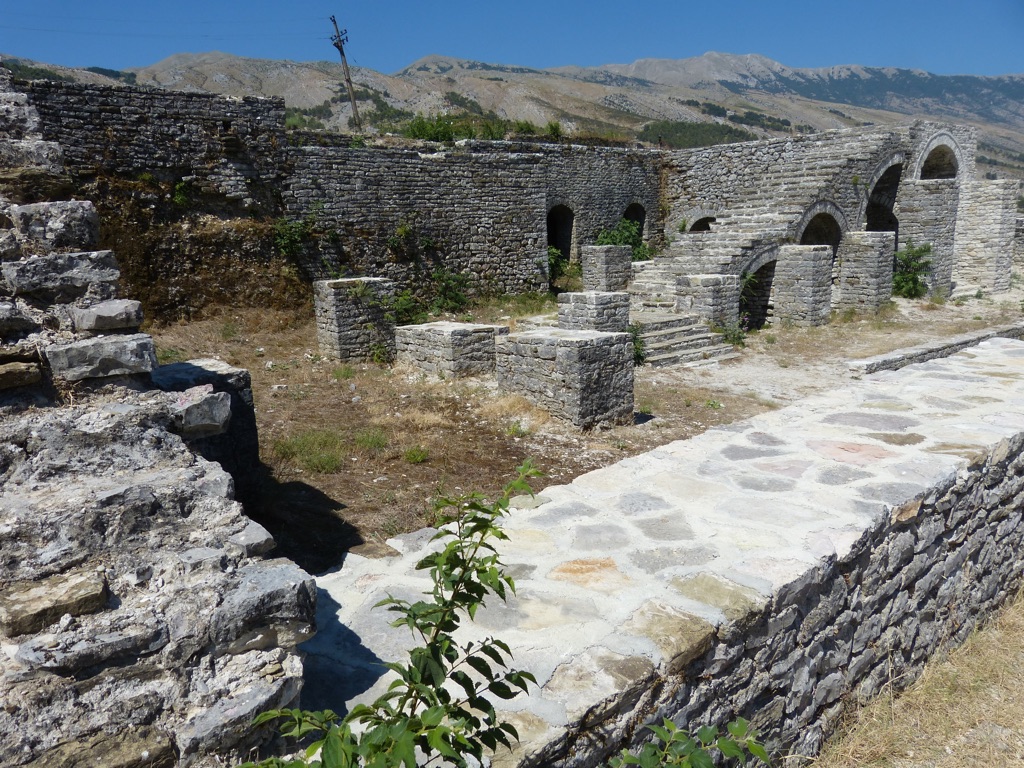Gjirokastër Fortress, perched above the city of Gjirokastër in Albania, is a monument of cultural and historical significance. Known locally as Kalaja, the fortress dates back to the 12th century, though much of its current form was built by the Ottomans in the 19th century. It has served various roles throughout history, from a military stronghold to a prison. Today, it stands as a testament to the region’s rich past and is a major attraction for visitors seeking to explore Albania’s historical landscape.
Get your dose of History via Email
Historical Background of Gjirokastër Fortress
The discovery of Gjirokastër Fortress is not attributed to a single individual, as it has been a prominent structure for centuries. The fortress was initially constructed in the 12th century, with significant expansions and renovations over time. The Ottomans were responsible for much of the current structure, enhancing it in the 19th century. The fortress has seen many inhabitants, including military garrisons and prisoners during its use as a jail.
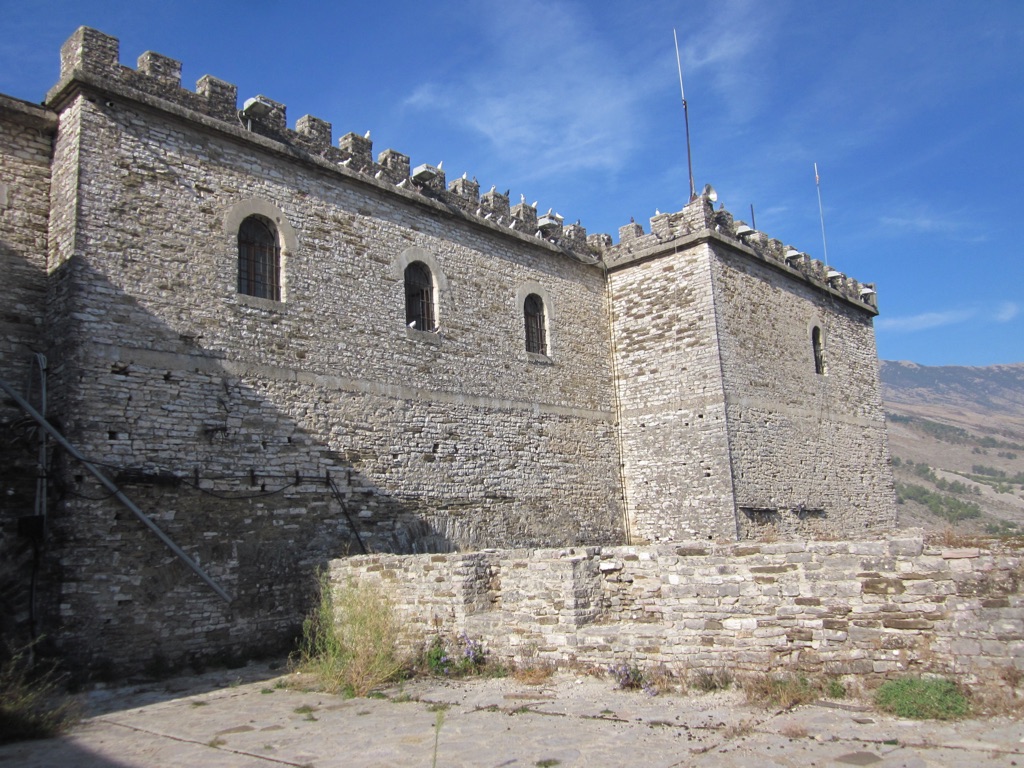
Ali Pasha of Tepelena, an Ottoman Albanian ruler, was one of the key figures in the fortress’s history. He contributed to its expansion, fortifying it further. The fortress has witnessed numerous historical events, including the resistance against the Ottoman Empire. It also played a role during World War II, when it was used by Italian and German forces.
Throughout its history, Gjirokastër Fortress has been more than a military stronghold. It has housed armories, barracks, and even a telegraph station. The fortress was also the scene of significant historical events, such as the declaration of the Republic of Albania in 1961.
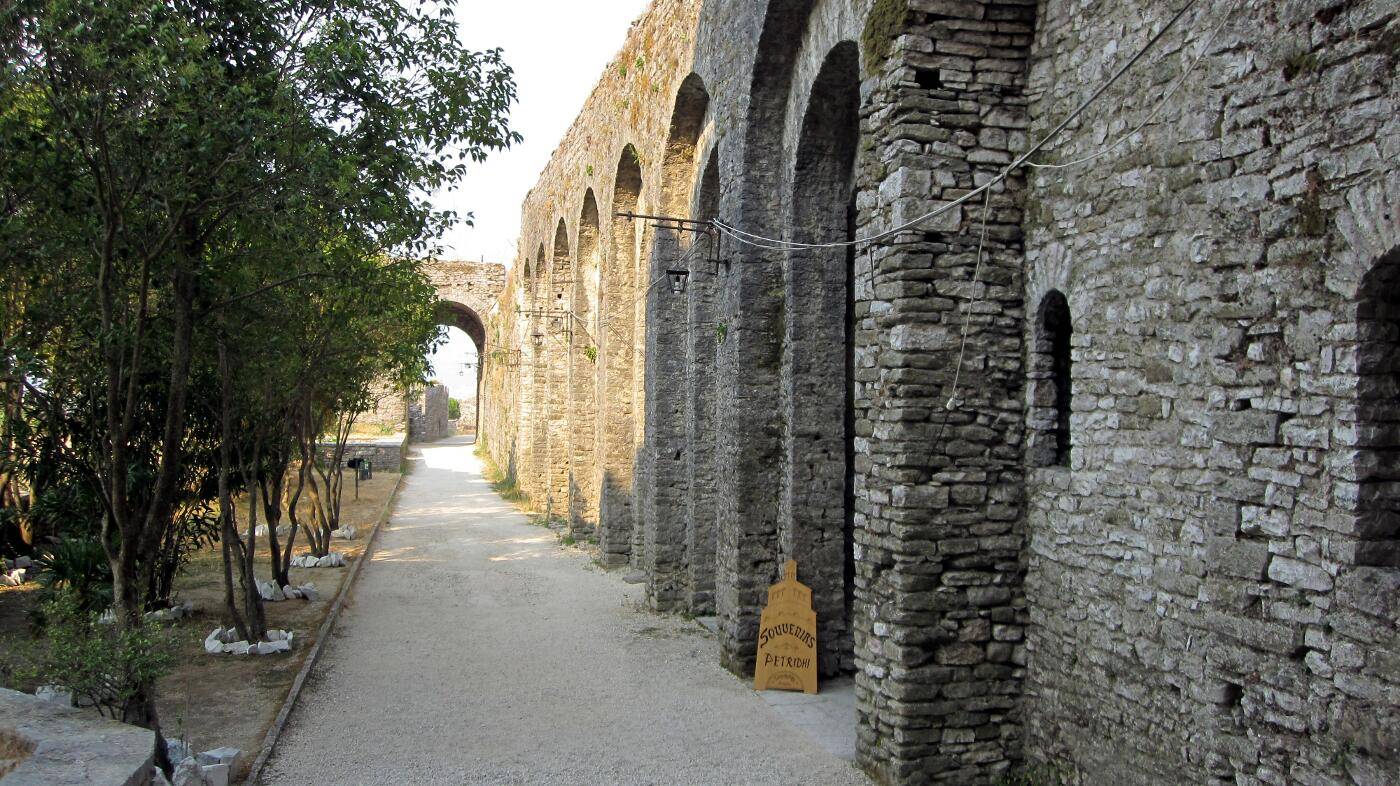
In more recent times, the fortress has transitioned from a site of conflict to a beacon of culture. It hosts the National Folklore Festival and houses the Gjirokastër National Museum, which showcases the region’s history. This transformation has made the fortress a symbol of Albanian heritage.
Despite its age, the fortress remains well-preserved, allowing visitors to step back in time. Its walls have withstood the test of time, and its history continues to be a source of pride for Albanians. The fortress’s significance is recognized not only nationally but also internationally, as it is part of the UNESCO World Heritage site that includes the historic town of Gjirokastër.
About Gjirokastër Fortress
Gjirokastër Fortress stands as a monumental structure made primarily of stone. Its strategic position atop a hill allows for a commanding view of the surrounding landscape. The fortress’s architecture is a testament to the various influences, including Byzantine and Ottoman styles.
The construction methods and building materials of the fortress have evolved over the centuries. Initially, local limestone was the primary material, giving the fortress its characteristic grey color. The walls, some reaching impressive thicknesses, were designed to withstand sieges and attacks.
Architectural highlights of the fortress include its clock tower, which was an important addition during the Ottoman era. The fortress also features several large water cisterns, which were crucial for sustaining the inhabitants during times of siege.
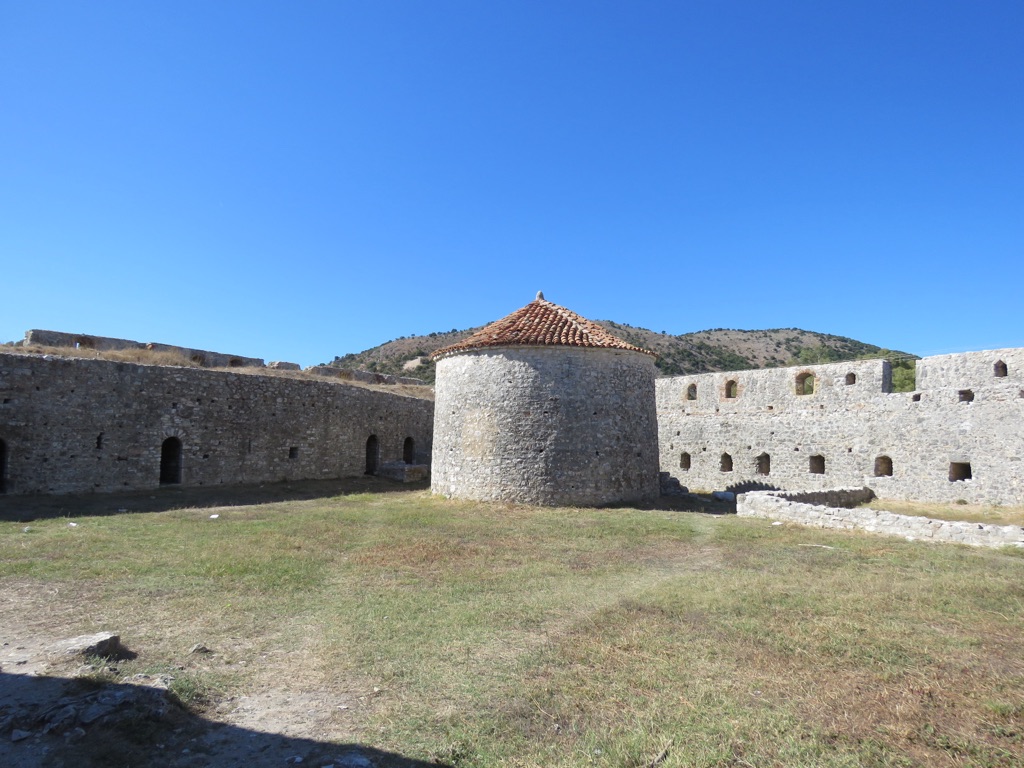
Inside the fortress, visitors can explore a myriad of tunnels and chambers. These areas once served as storage rooms, barracks, and even as a place of execution during its time as a prison. The fortress’s layout reflects its multifaceted history, serving both military and civic purposes.
Today, the fortress is not only a historical site but also a cultural venue. Its open-air stage hosts performances and events, breathing new life into the ancient stones. The preservation efforts ensure that the fortress remains a tangible link to Albania’s past while contributing to its present cultural landscape.
Theories and Interpretations
Several theories surround the original use of Gjirokastër Fortress. Some suggest it was primarily a defensive structure, while others believe it had administrative functions. The fortress’s size and complexity indicate it may have served multiple purposes.
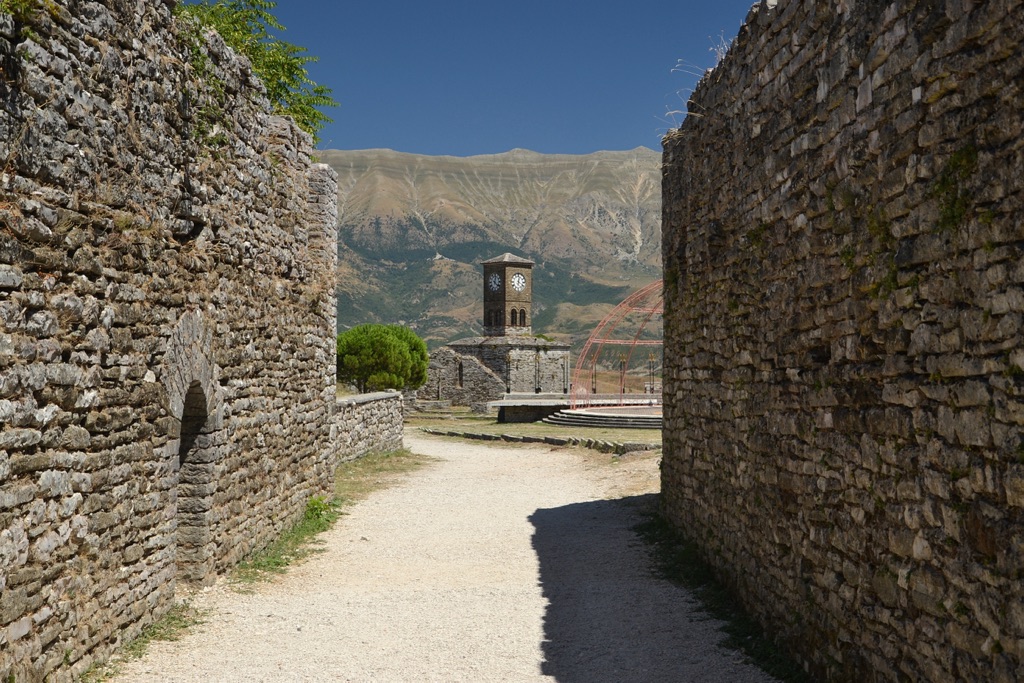
Mysteries also shroud the fortress, such as the origins of some underground tunnels. Historians have speculated on their use, with theories ranging from secret escape routes to storage facilities. The true purpose of these tunnels remains a topic of debate.
Matching the fortress to historical records has been a challenge due to the many alterations it has undergone. Each ruling power left its mark, creating a patchwork of architectural styles and uses. This has made it difficult to pinpoint exact dates for certain sections of the fortress.
Dating of the fortress has been carried out using various methods. These include architectural analysis and historical documentation. The results have helped to create a timeline of the fortress’s development, although some gaps remain.
The fortress’s role in folklore and national identity has also been interpreted in various ways. It stands as a symbol of resistance and resilience, reflecting the spirit of the Albanian people. Its presence in literature and art further cements its place in the cultural consciousness of the nation.
At a glance
Country: Albania
Civilization: Byzantine, Ottoman
Age: 12th century, with significant 19th-century Ottoman expansions
Conclusion and Sources
Reputable sources used in the creation of this article include:

